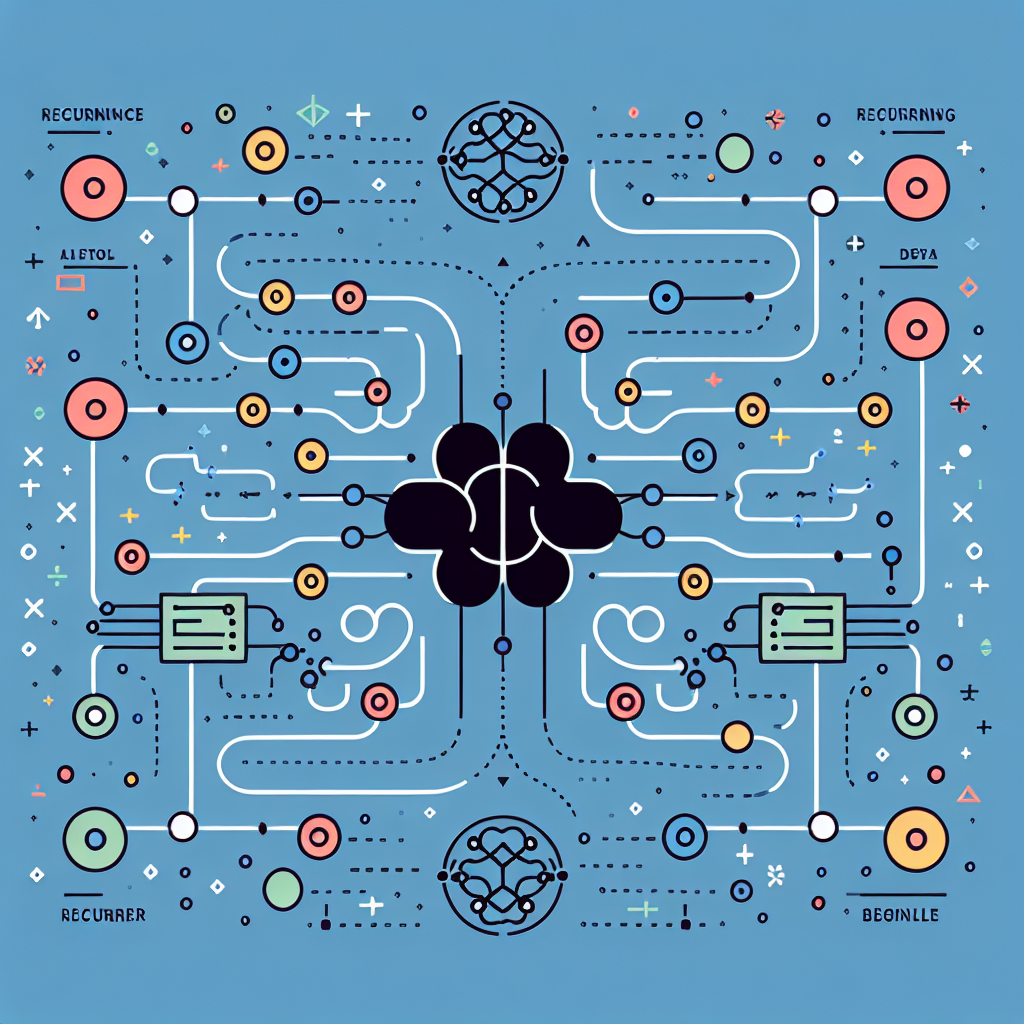Your cart is currently empty!
Understanding Recurrent Neural Networks: A Beginner’s Guide

Recurrent Neural Networks (RNNs) are a type of artificial neural network that is designed to handle sequential data. This makes them particularly useful for tasks such as language modeling, speech recognition, and time series prediction.
At a high level, RNNs are similar to feedforward neural networks, with the key difference being that they have connections that loop back on themselves. This allows them to maintain a memory of previous inputs, making them well-suited for processing sequences of data.
To understand how RNNs work, it’s helpful to think of them as a series of interconnected neurons, each of which has a “memory” of the previous inputs it has seen. When a new input is fed into the network, it is combined with the previous memory to generate an output. This output is then fed back into the network as the memory for the next input.
One of the key advantages of RNNs is their ability to handle inputs of varying lengths. This makes them particularly useful for tasks such as natural language processing, where the length of a sentence can vary greatly.
However, RNNs also have some limitations. One common issue is the problem of vanishing gradients, where gradients become very small as they are propagated back through the network. This can make it difficult for the network to learn long-range dependencies in the data.
To address this issue, several variations of RNNs have been developed, such as Long Short-Term Memory (LSTM) and Gated Recurrent Unit (GRU) networks. These models incorporate mechanisms that allow them to better capture long-range dependencies in the data, making them more effective for tasks such as machine translation and speech recognition.
In conclusion, RNNs are a powerful tool for processing sequential data and have a wide range of applications in fields such as natural language processing and time series prediction. By understanding the basic principles of how RNNs work and the challenges they face, you can begin to explore the potential of these models in your own projects.
#Understanding #Recurrent #Neural #Networks #Beginners #Guide,rnn

Leave a Reply